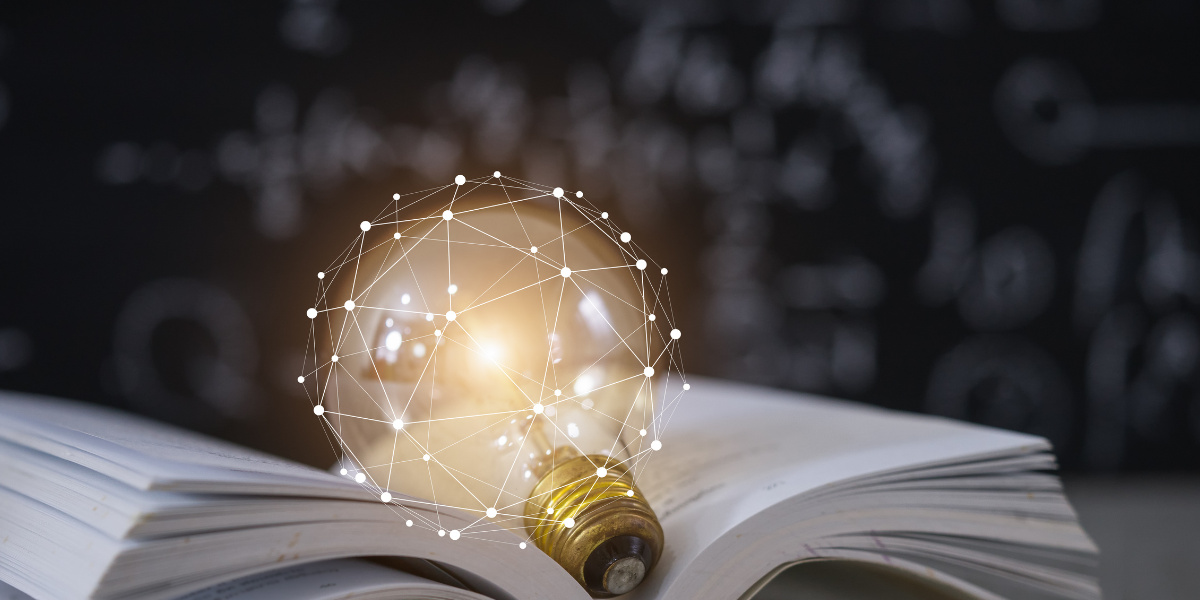
A Guide to the Impact of Technology on Modern Education: A 2025 Perspective
Education 📚 2025-05-27 6 minutes to readIn 2025, technology continues to revolutionize every aspect of our lives, with education being a prime area of impact. As we advance into an era heavily influenced by technological innovation, it becomes imperative to understand how these developments shape modern education. From the digitization of classrooms to the rise of artificial intelligence in learning processes, the landscape of education in 2025 offers a unique blend of opportunities and challenges. This guide aims to explore the transformative effects of technology on education, offering insights and guidance for students, educators, and policymakers alike.
Choosing the Right Technological Tools for Education
With the vast array of technological tools available, selecting the right option for educational purposes is crucial. Educators and institutions must consider factors such as accessibility, user-friendliness, and educational value when choosing technology to enhance learning experiences. Here are some key aspects to consider:
- Audience Appropriateness: It's vital to assess the tool's suitability for the targeted age group and educational level. For instance, younger students might benefit from interactive apps that gamify learning, while older students may require sophisticated software for data analysis and research.
- Integration with Curriculum: Tools should complement the existing curriculum and enable seamless integration into teaching practices. This ensures that technology supports learning goals rather than detracting from them.
- Ease of Use: Both educators and students should be able to navigate and utilize the technology efficiently. A steep learning curve can hinder effective learning.
- Scalability: Consider whether the technology can grow with the educational needs. Scalable solutions save time and resources in the long run.
- Privacy and Security: Protecting student data is paramount. Choose platforms with robust privacy policies and security measures to protect sensitive information.
Maintenance and Ownership Costs
While technology can greatly enhance educational experiences, there are costs involved beyond the initial purchase of devices or subscriptions. Understanding the long-term financial implications is essential for sustaining technological advancement in education. Here are some considerations:
- Upfront Costs: These include the purchase of hardware, software licenses, and initial setup fees. Budgeting for these expenses is crucial for institutions to avoid financial strain.
- Maintenance: Regular maintenance is necessary to keep technology functioning effectively. This includes software updates, hardware repairs, and tech support, all of which require financial planning.
- Training: Investing in professional development for educators ensures that they can effectively utilize new tools. Training costs should be factored into the overall budget.
- Subscription and Renewal Fees: Many educational tools are subscription-based, and institutions must account for these ongoing costs.
- Equity and Access: Ensuring all students have equal access to technological tools can require additional investment, especially in underfunded areas.
The Transformative Role of Technology in 2025 Education
The impacts of technology on education are profound and multifaceted. Let’s delve into how technology is reshaping the educational landscape in 2025:
- Personalized Learning Experiences: With AI and machine learning, education is moving towards personalized learning paths tailored to individual needs and learning styles. These technologies identify strengths and weaknesses, offering customized resources and exercises.
- Remote and Hybrid Learning Models: The COVID-19 pandemic accelerated the adoption of remote learning. In 2025, hybrid models combining in-person and virtual learning have become mainstream, offering flexibility and access to diverse resources.
- Enhanced Engagement Through Multimedia: Interactive videos, virtual reality, and augmented reality are being used to enhance engagement and provide immersive learning experiences that traditional methods cannot match.
- Global Collaboration: Technology allows students and educators from around the world to collaborate in real-time, fostering a global educational community and cultural exchange.
- Data-Driven Insights: Data analytics help educators better understand student performance and adjust teaching strategies to meet learners' needs effectively.
While these advancements offer significant benefits, they also present challenges such as ensuring equitable access and managing digital distractions. Addressing these issues is critical to harnessing the full potential of technology in education.
Key Takeaways and Final Thoughts
As we navigate the evolving educational landscape in 2025, the role of technology is more influential than ever. By carefully selecting the appropriate technological tools and understanding the associated costs, educators can create enriched learning environments that cater to diverse populations. Embracing the changes while mitigating challenges such as inequities and data privacy concerns will foster a productive future for education. Ultimately, the goal is to leverage technology to enhance educational outcomes and prepare students for the complexities of a rapidly changing world.
In conclusion, navigating the impact of technology on modern education in 2025 involves understanding and thoughtfully selecting technological tools, acknowledging maintenance and ownership costs, and being prepared for the transformative role these innovations play. While technology opens up possibilities for personalized, interactive, and global learning opportunities, it's important to ensure equitable access and maintain secure environments. By focusing on these aspects, educators and institutions can effectively incorporate technology into educational strategies, making learning more relevant and impactful for students worldwide.
